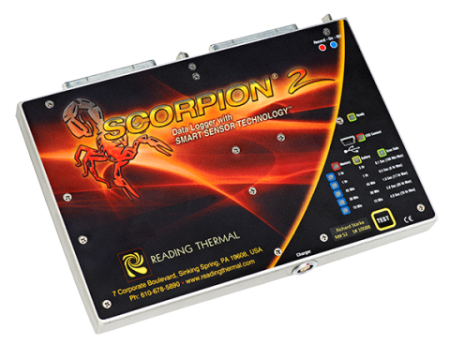Temperature monitoring systems in commercial bakery ovens are the backbone of producing high-quality baked goods. Maintaining precise temperature control is crucial to achieving consistent results. Temperature affects every aspect of baking, from the rise of the dough to the texture of the final product. Here’s a look at why temperature monitoring technology from Reading Thermal is so critical to ensuring the quality of baked goods.
The Science of Temperature in Baking
Baking is a science, and temperature plays a critical role in the chemical reactions that occur during the process. For example, yeast, which is responsible for the leavening in bread, is highly sensitive to temperature. If the dough is too cold, the yeast won’t activate properly, resulting in dense, flat bread. On the other hand, if the dough is too warm, the yeast may become overactive, leading to a coarse texture and uneven rise.
Similarly, temperature affects the Maillard reaction, which is responsible for the browning of baked goods. This reaction occurs when proteins and sugars in the dough react to heat, creating the golden-brown color and rich flavor that characterize well-baked bread and pastries. Without precise temperature control, this reaction may not occur evenly, leading to inconsistent coloring and flavor.
Consistency: The Key to Quality
One of the hallmarks of a high-quality bakery is consistency. Customers expect their favorite products to taste the same every time they visit, and temperature monitoring is key to achieving this consistency. Even slight variations in temperature can lead to significant differences in the final product. For instance, an oven that fluctuates in temperature can cause uneven baking, resulting in some parts of a batch being undercooked while others are overcooked.
Temperature monitoring systems help maintain consistent oven temperatures, ensuring that each batch of baked goods is cooked to perfection. By continuously tracking the temperature, these systems can alert bakers to any deviations, allowing them to make adjustments before the quality of the product is compromised.
The Role of Temperature in Texture and Structure
Temperature also plays a crucial role in determining the texture and structure of baked goods. For example, the temperature at which butter melts is critical in pastry making. If the dough is too warm, the butter may melt too quickly, leading to a greasy, dense texture rather than the desired flaky layers.
In cakes, the temperature of the oven affects how the batter sets. If the oven is too hot, the outside of the cake may set before the inside has a chance to rise, resulting in a dense, heavy cake. Conversely, if the oven is too cool, the cake may not rise properly, leading to a flat, undercooked product.
By monitoring the temperature throughout the baking process, bakers can ensure that the texture and structure of their products meet the highest standards.
Temperature Monitoring and Food Safety
In addition to affecting the quality of the product, temperature monitoring is also critical for food safety. Baked goods must be cooked to the appropriate internal temperature to ensure that any harmful bacteria are killed. This is particularly important in products containing eggs, dairy, or other perishable ingredients.
Temperature monitoring systems can help ensure that baked goods reach the necessary internal temperature, reducing the risk of foodborne illness. This is not only important for consumer safety but also for maintaining the reputation of the bakery.
Learn more about temperature monitoring systems in commercial bakery ovens from Reading Thermal by using our online form or calling 610-678-5890.

